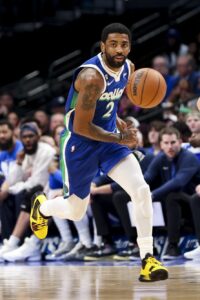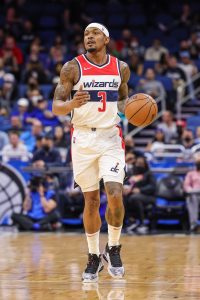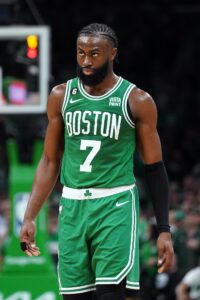Over the next week, Hoops Rumors will be taking a closer look at each NBA team’s current roster situation, evaluating which clubs still have some moves to make and which ones seem most prepared for training camp to begin.
This series is meant to provide a snapshot of each team’s roster at this time, so these articles won’t be updated in the coming weeks as more signings, trades, and cuts are made. You can follow our roster counts page to keep tabs on teams’ open spots as opening night nears.
We’re beginning our pre-camp Roster Snapshot series today with the Central Division. Let’s dive in…
Chicago Bulls
- Players on guaranteed standard contracts: 13
- Players on non-guaranteed standard contracts: 2
- Players on Exhibit 10 contracts: 3
- Players on two-way contracts: 3
The Bulls have a full 21-man offseason roster and won’t need to make any major changes or decisions during the preseason. In order to set their opening night roster, they would simply need to waive their Exhibit 10 players and decide whether they’re keeping either Jones or Taylor — or both.
It wouldn’t be a surprise if both Jones and Taylor begin the season on the 15-man roster, since neither contract will become guaranteed until January. If the Bulls want to waive one of the two in November or December, they’d simply owe him his prorated minimum salary for the first month or two of the season.
Cleveland Cavaliers
- Players on guaranteed standard contracts: 12
- Players on non-guaranteed standard contracts: 2
- Tristan Thompson ($200K partial guarantee), Sam Merrill
- Players on Exhibit 10 contracts: 4
- Players on two-way contracts: 3
Given their proximity to the luxury tax line, the Cavaliers are a good bet to open the season with just 14 players on standard contracts, rather than the maximum allowable 15. While it’s possible they’ll bring in another veteran to compete for the 13th or 14th spot at some point, the simplest route to open the season would be to retain Thompson and Merrill along with their 12 players on guaranteed deals.
Detroit Pistons
- Players on guaranteed standard contracts: 14
- Players on Exhibit 10 contracts: 4
- Players on two-way contracts: 2
The Pistons likely have a move or two up their sleeves before the regular season begins. To start, they’re a virtual lock to add a third two-way player, either by converting one of their Exhibit 10 contracts or by adding someone new.
They’re also well below the luxury tax threshold, so it would be a little surprising if they opt to carry just 14 players on standard contracts to open the season. That 15th man probably wouldn’t factor into the rotation, but it still makes sense to fill that spot with a developmental player.
If they’re not interested in promoting an Exhibit 10 or two-way player to the standard roster, signing a free agent, making a trade, or placing a waiver claim on a player cut by another team would all be options to fill that 15th spot.
Indiana Pacers
- Players on guaranteed standard contracts: 15
- Players on two-way contracts: 3
- Players who have reportedly reached contract agreements: 1
- Darius McGhee (Exhibit 10)
The Pacers’ 18-man regular season roster (15 standard, three two-ways) looks pretty set, but the team figures to remain active in the coming weeks, signing and waiving players to Exhibit 10 contracts for G League purposes.
Milwaukee Bucks
- Players on guaranteed standard contracts: 15
- Players on Exhibit 10 contracts: 3
- Players on two-way contracts: 3
I’m a little surprised the Bucks filled all 15 roster spots, given how far over the tax line they are. But it seems they’re prepared to carry a full 15-man standard roster into the regular season, to go along with their three two-way players.
One potential preseason storyline to watch is whether one of Milwaukee’s camp invitees on an Exhibit 10 contract impresses the club enough to earn a conversion to a two-way contract. Wigginton’s two-way deal carried over from last season, so his roster spot may be a little less secure than that of Moore, who signed a new two-year contract, or Washington, a 2022 first-rounder whom the Bucks may want to take a longer look at.
 Currently,
Currently,  Suns star
Suns star  A
A